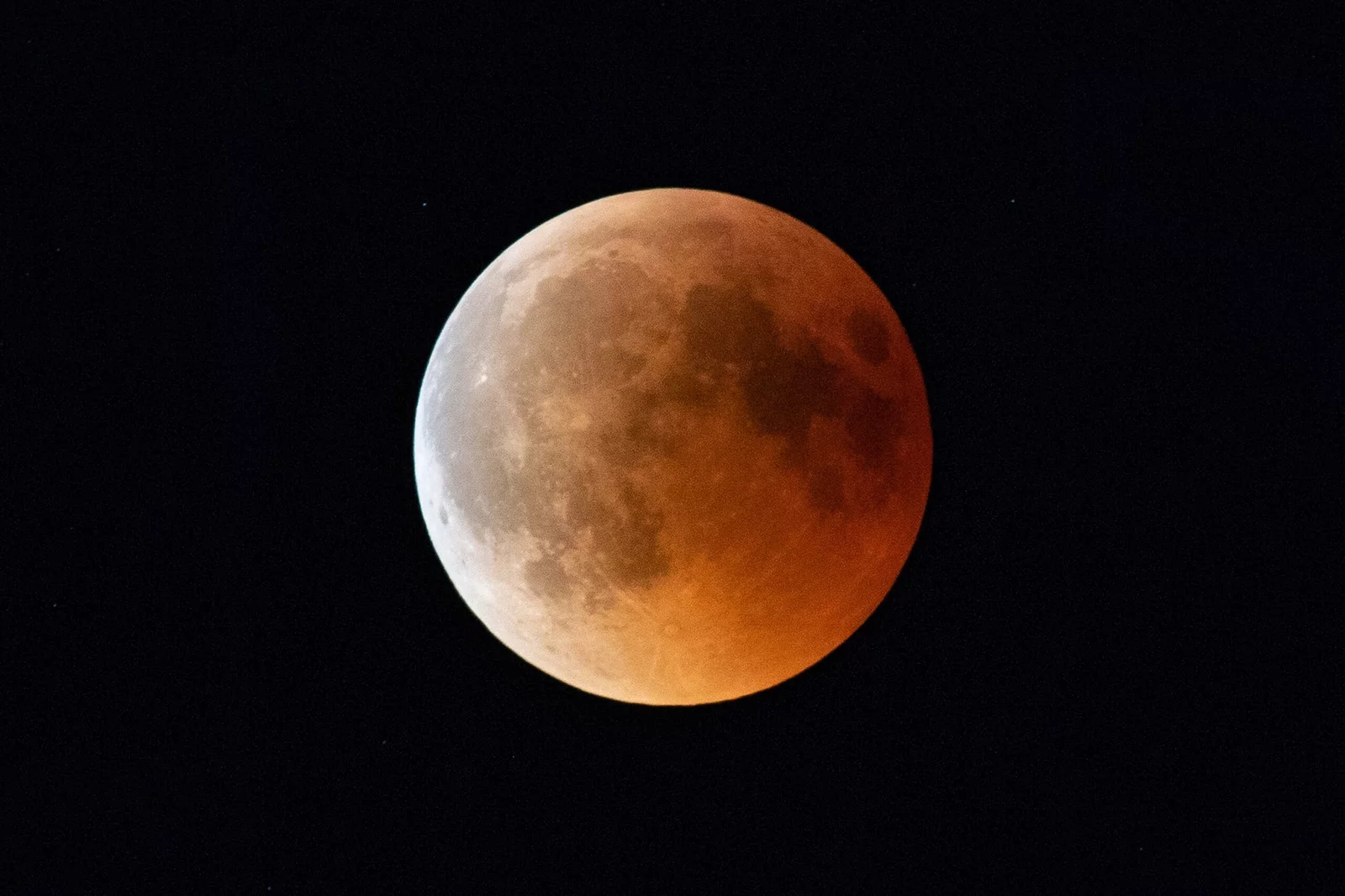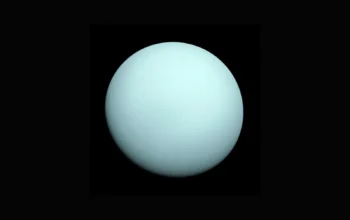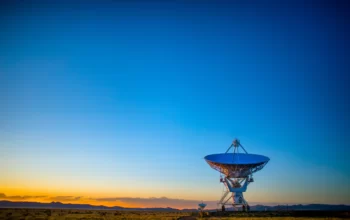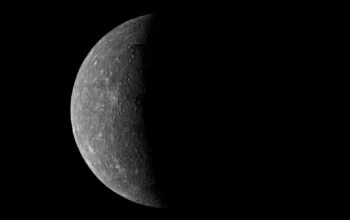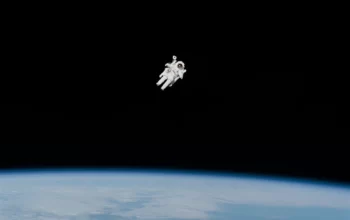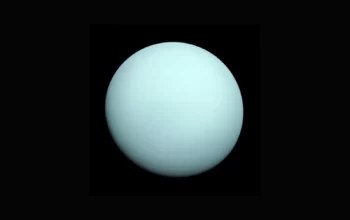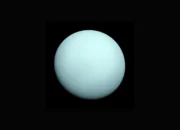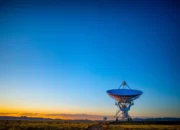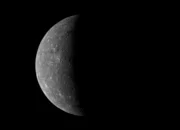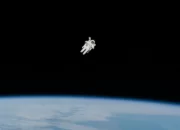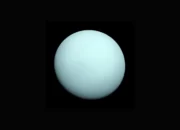middleportal.com – Our solar system is home to a fascinating array of planets, each with its own unique characteristics and features. In this blog post, we will explore the planets in order of size, from smallest to largest.
Mercury: The Tiny Planet
Starting off our journey is Mercury, the smallest planet in our solar system. With a diameter of 4,879 kilometers, Mercury is just a fraction of the size of Earth. Despite its small size, Mercury is known for its extreme temperatures, with scorching hot days and freezing cold nights.
Pluto: The Dwarf Planet
While Pluto is no longer considered a planet, it is worth mentioning that it is a dwarf planet and has a diameter of approximately 2,377 kilometers. Pluto is the farthest object in our solar system that has been visited by a spacecraft, the New Horizons probe in 2015.
Mars: The Red Planet
Mars, with a diameter of 6,779 kilometers, has long captivated the imagination of scientists and explorers. Its reddish hue is due to iron oxide, or rust, on its surface. Mars is also home to the largest volcano and the deepest canyon in our solar system.
Venus: The Fiery Planet
Next up is Venus, with a diameter of 12,104 kilometers. Known as Earth’s “sister planet,” Venus is often referred to as the “morning star” or the “evening star” due to its visibility in the sky. However, don’t let its beauty fool you – Venus has a thick atmosphere that traps heat, making it the hottest planet in our solar system.
Earth: Our Home Planet
Coming in at a diameter of 12,742 kilometers, Earth is the third planet from the sun and the only known planet to support life. From its vast oceans to its diverse ecosystems, Earth is a truly remarkable planet. It is also the only planet in our solar system to have liquid water on its surface.
Neptune: The Blue Giant
Neptune, with a diameter of 49,244 kilometers, is the eighth and farthest planet from the sun. Its vibrant blue color is due to the presence of methane in its atmosphere. Neptune is known for its strong winds and its intriguing moon, Triton.
Uranus: The Tilted Giant
Uranus, with a diameter of 50,724 kilometers, is the seventh planet from the sun. What sets Uranus apart from the other planets is its unique tilt – it spins on its side, with its axis almost parallel to its orbit. This gives Uranus its distinct appearance and makes it a fascinating object of study.
Saturn: The Ringed Wonder
Next on our list is Saturn, famous for its beautiful rings. With a diameter of 116,460 kilometers, Saturn is the second largest planet in our solar system. Like Jupiter, Saturn is a gas giant and is composed mostly of hydrogen and helium. Its rings are made up of countless particles of ice and rock.
Jupiter: The Mighty Gas Giant
Now we come to the largest planet in our solar system – Jupiter. With a whopping diameter of 139,820 kilometers, Jupiter is more than 11 times the size of Earth. It is a gas giant, composed mostly of hydrogen and helium. Jupiter is known for its iconic Great Red Spot, a massive storm that has been raging for centuries.
Conclusion
From the tiny and scorching hot Mercury to the mighty gas giant Jupiter, the planets in our solar system offer a diverse range of sizes and characteristics. Exploring these celestial bodies not only expands our knowledge of the universe but also ignites our curiosity about the wonders of space.
